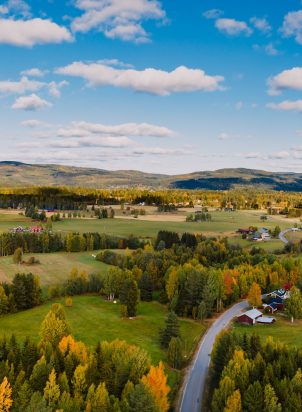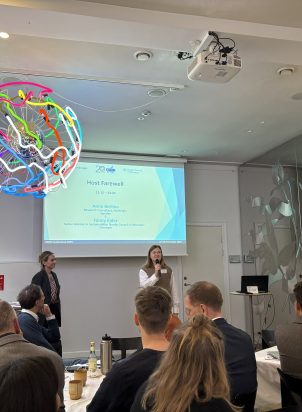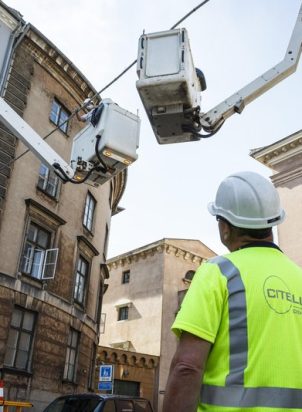During the Covid-19 pandemic, the public attitude toward the rural areas has significantly changed. Peripheries became a refuge for maintaining health, wellbeing, strengthening community ties and local economies. This was clearly highlighted by experts from the Nordic and North Atlantic research organisations in the Nordic Talks discussion hosted by Nordregio.
The word “peripherality” is often associated with negative meanings, e.g. under-developed, slow, backward and remote. However, as the study “COVID-19 Economic Impacts & Recovery in the Northern Periphery & Arctic” suggests, the pandemic has challenged the way many see rural and peripheral regions and revealed peripheral factors that have been advantages in the crisis.
Well-being and resilient places during the crisis
“We have seen for the first time in many years that population is coming back to rural areas for a lot of different reasons. Covid-19 has accelerated that because of the huge amount of extra flexibility in terms of work practices – where people might live and work, how they can combine commuting and working from home,” says Liam Glynn, a practicing GP (community doctor) in an Irish village of just over 250 people, and also Professor of General Practice, School of Medicine at Limerick University, Ireland, and lead partner for the CovidWatch-EU-NPA project.
Some factors that define peripherality, such as close-knit communities, adaptation to the challenges of remoteness and pluralistic life and work patterns, have helped peripheral communities to respond more effectively to Covid-19. As Liam Glynn pointed out during the discussion, this response had more positive effects on the health and local economies of rural areas than of many urban centres.
Peripherality has demonstrated its resilience factor for local economies. Rural communities have noticed, that many are seeking to move to rural or remote areas as good places to live in.
“Our research across the Nordic periphery in the Arctic discovered that during the pandemic, many periphery areas turned challenges to the advantages – as resilience factors. They drew a local asset and strengths, demonstrated flexibility and adaptation, generated innovation and creativity including many of small enterprises and found many local solutions for local people’s needs,” adds Thomas Fisher, one of the Directors of CoDeL, the lead partner for the Northern Periphery & Arctic Covid-19 Economics Impact project.
Towards more sustainable tourism and consumption
Covid-19 affected not only the daily life in rural and remote communities but also the local tourism. Anna Karlsdóttir, Senior Research Fellow at Nordregio, Head of the Nordic Thematic Group on Green Inclusive Rural Regional Development, says that rural and remote areas have received much more interest as places to explore and rest in from people who could not travel abroad. These could be both advantages and disadvantages for the locals.
“Sustainable tourism development needs to balance between being a good place to live for inhabitants and a good place to visit. It is hard to connect sustainable well-balanced community development with the well-being of the inhabitants along with the tourism development,” says Anna Karlsdóttir.
Theona Morrison, one of the director of CoDeL, the lead partner for the Northern Periphery & Arctic Covid-19 Economics Impact project, and Acting Chair of Scottish Rural Action, adds that during the pandemic, people started thinking more locally not only in a tourism sector, but in business in general.
“During Covid-19, when food market was collapsing, they started to sell locally. We saw in Greenland that tourism moved to eastern Greenland which has a dried fish industry. Communities have also looked at ways to have their own slaughtering of the livestock. The farmers were already saying if livestock goes on a shorter journey, then the meat and the livestock is less stressed, the meat is a better product and more local circular economy means that everybody benefits. And guests – tourists – also benefit,” says Theona Morrison.








